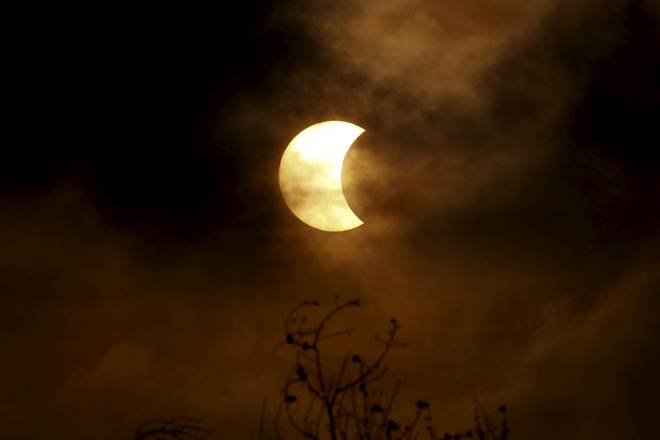What a great time for astronomy enthusiasts this month, as there are a lot of celestial events packed in August. From looking at meteor showers to a total solar eclipse, it is going to be one amazing show this month. Firstly, tonight is a partial lunar eclipse which will continue until early hours tomorrow. This eclipse occurs when the earth positions between the sun and the moon, and this time it will be visible all over Asia, Africa and Europe. This partial eclipse is will start around 11 pm in India and will finish at around at 12.48 pm. Lunar eclipses are safe to watch with the naked eye as special instruments are not required. Here are all the astronomical events which you must not miss this August.
1. Perseid Meteor Shower on August 12
It is a highly popular meteor showers across and is known all around the world. These meteor showers has been running for a few weeks now. But notably, you will be able to watch around a hundred shooting stars between the evening of August 12 and the wee hours of August 13. If you are interested you should be a distance away from any big city, as even the moon might come in the way of your view.
2. Aldebaran on August 16
It is considered one of the brightest stars in the Zodiac Taurus constellation. Aldebaran is at a long 65 light-years distance away from the Earth. The giant star is also known as the eye of the Taurus-the Bull. This can be viewed near to the upper right of the moon on August 16. This star is popularly known as Moon’s favourite wife, so it also has a mythological importance.
You may like to watch the video:
3. Venus on August 19
Venus comes after Mercury in our solar system. This planet will together with the the moon on August 19. If your are a photographer, you can click stunning pictures of Venus from early hours of Saturday at around 3 am until 4 pm in the evening.
4. Total Solar Eclipse on August 21
The most talked about the astronomical phenomenon of the year is finally here. What makes this event even more special is that it is happening for the first time in 99 years. The moon will completely block the sun and the best place to view this spectacular sight would be North America. Sadly, the Great American Eclipse, as it is also called, will not be visible from India.
5. Jupiter and Spica on August 25
On this day, the largest planet in the solar system Jupiter will be seen at a close distance from the moon. The celestial duo can be watched from 9 am in the morning to 9 pm in the night on August 25. Grab a pair of binoculars and you might be lucky to also spot Spica, the brightest star in the Virgo constellation.
Just hope for clear skies this month and you might actually end up experiencing surreal astronomical sights.








